VHDLwhiz Membership
$29This subscription-based training program supports you in becoming successful in VHDL design. Join the community and build your confidence as an FPGA engineer.
Showing 1–12 of 47 results

This subscription-based training program supports you in becoming successful in VHDL design. Join the community and build your confidence as an FPGA engineer.
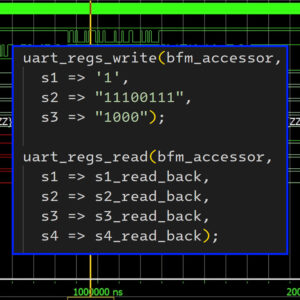
Create a bus functional model (BFM) for a VHDL module with multiple configuration options. Learn to make a system that generates custom BFMs for any interface variant the DUT can have.

Implement the classic Snake game on an FPGA with a 128×32 OLED display. Create a custom GUI to play the game in real-time using the Questa VHDL simulator.

Learn to implement constrained random testing methods with the UVVM VHDL verification framework. Create self-checking testbenches that discover more corner case bugs.
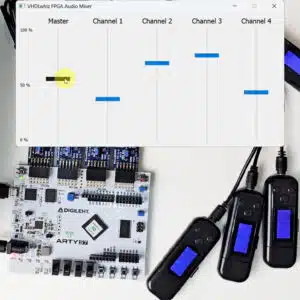
Learn to create a stereo audio mixer using VHDL and multiplier (DSP) primitives in an FPGA and use a Python GUI to control the four input channels.
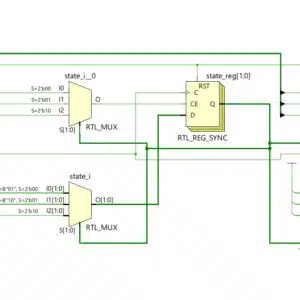
Learn to recognize which logic elements common VHDL design patterns describe. Think like an FPGA engineer by focusing on the underlying hardware rather than code.

Learn to use guarded blocks to disconnect signal drivers conditionally, and VHDL features like postponed processes and delay modeling mechanisms.
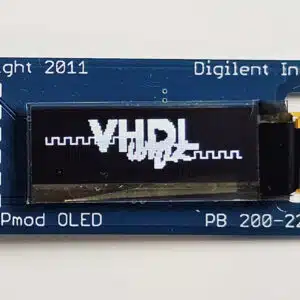
Connect an LED panel to your FPGA design to show messages or images. See how to read pixel data from a file into block RAM using VHDL.
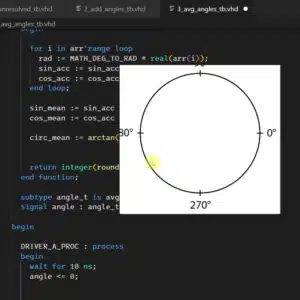
Learn how the std_logic type handles driver conflicts internally. See how to implement custom data types with resolution functions for multiple drivers.

Bring your VHDL project online. Set up a neat GUI dashboard using the Blynk IoT platform and a Raspberry Pi and send over-the-air (OTA) updates to your FPGA.
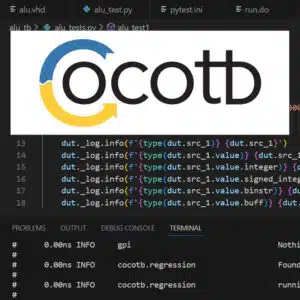
Write testbenches in Python for your VHDL design with the Cocotb hardware verification framework. Learn to use Python’s asynchronous constructs in the Questa and GHDL simulators.
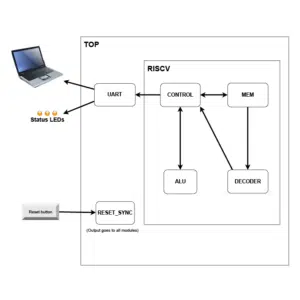
Create a reduced instruction set computer using the RISC-V processor architecture. Learn how a CPU works by implementing one in VHDL and running it on the FPGA.
End of content
End of content